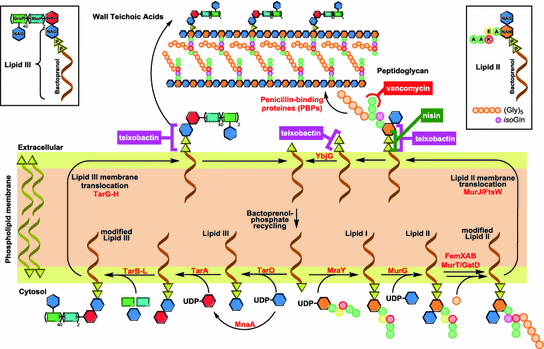

#1946 trojan loader parts diagram code#
HTML code of the webpage that the victim is trying to view.A complete URL of the target bank website that the user navigates to.Particularly, when a victim heads to one of the target web pages, TrickBot intersects the HTTP response of the website while sending the following information to C2: Instead of keeping configuration files locally on the user's machine, TrickBot is able to receive this data from C2 in real-time. The virus utilizes a sophisticated method for infections which allows it to stay undetected by antivirus software. After achieving persistence, the malware can reportedly be found in a winapp folder located in the AppData\Roaming directory.
#1946 trojan loader parts diagram Pc#
In addition, the malware is sometimes downloaded to the user's PC using a batch file.

The artifacts can appear in AppData\Local\Temp and AppData\Roaming directories on a contaminated machine. You can research other malicious objects there like IcedID or Emotet.įigure 2: A text report generated by ANY.RUN In addition to video simulation, the service provides various useful tools, such as comprehensive text reports. The video was created by ANY.RUN malware hunting service allows us to see the incident as it unfolds.įigure 1: TrickBot’s lifecycle diagram created in ANY.RUNĪNY.RUN is an interactive malware sandbox that allows to watch the simulation in a safe environment and control it with direct human input when necessary. In September 2016, the virus learned to steal cryptocurrency by interjecting the normal payment process and stealing the coins when the user fills in personal and payment information on a payment gateway, grabbing the valuable tokens and redirecting them to a wallet that belongs to the hackers. By August 2016, the malware gained email and browser history theft functionality. Among other updates, TrickBot received support for the EternalBlue exploit, thus allowing it to spread over corporate networks. Through its lifespan, TrickBot malware developers have upgraded the functionality of the virus multiple times, adding new features and improving the banking trojan, and changing target banks, making their attacks highly unpredictable. This version is supported by the fact that TrickBot’s source code appears to be a rewrite of Dyre, albeit upgraded and refined utilizing C++ instead of Dyre, which mostly utilized C.

It’s speculated that some hackers from the group managed to avoid Russian authorities and came together to create Dyre's successor – TrickBot.

However, this connection has never been proven definitively. Dyre rapidly stopped operating in 2015 after Russian authorities seized a group of hackers. The malware is thought to be created by the same team of criminals known for developing another dangerous trojan – Dyre, which has been active until 2015 and reportedly successfully stolen millions of dollars for the Ryanair airline. The first versions of this trojan used to target mostly corporate bank accounts, the same as ransomware, aiming at a specific regional banking platform used by American banks. Reportedly, TrickBot tries to follow ransomware and has already stolen millions of dollars from banks in the United States of America, England, Australia, New Zealand, Canada, and Germany. It manipulates what the victim sees in the browser and redirects to a bank cabinet webpage forged by the hackers. It is aimed at corporate and private victims and utilizes techniques such as redirection attacks. TrickBot, AKA TrickLoader, is a banking trojan – a malware designed to steal banking credentials.


 0 kommentar(er)
0 kommentar(er)
